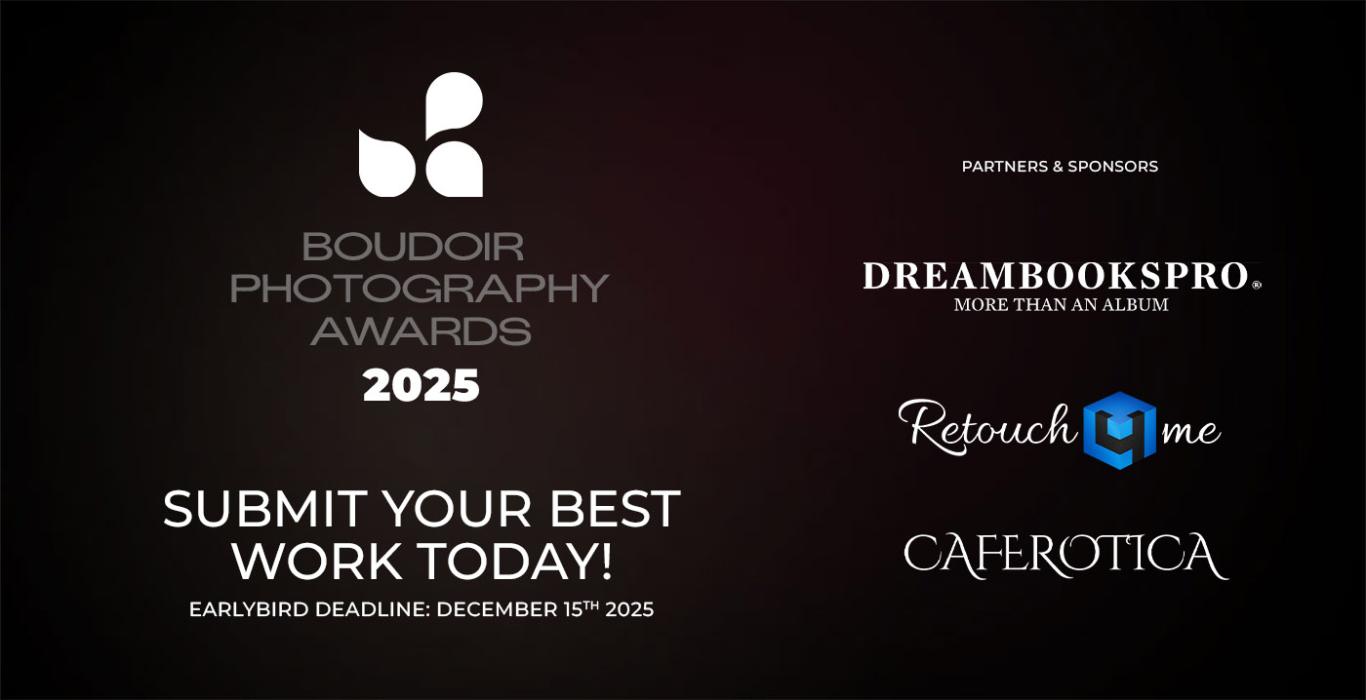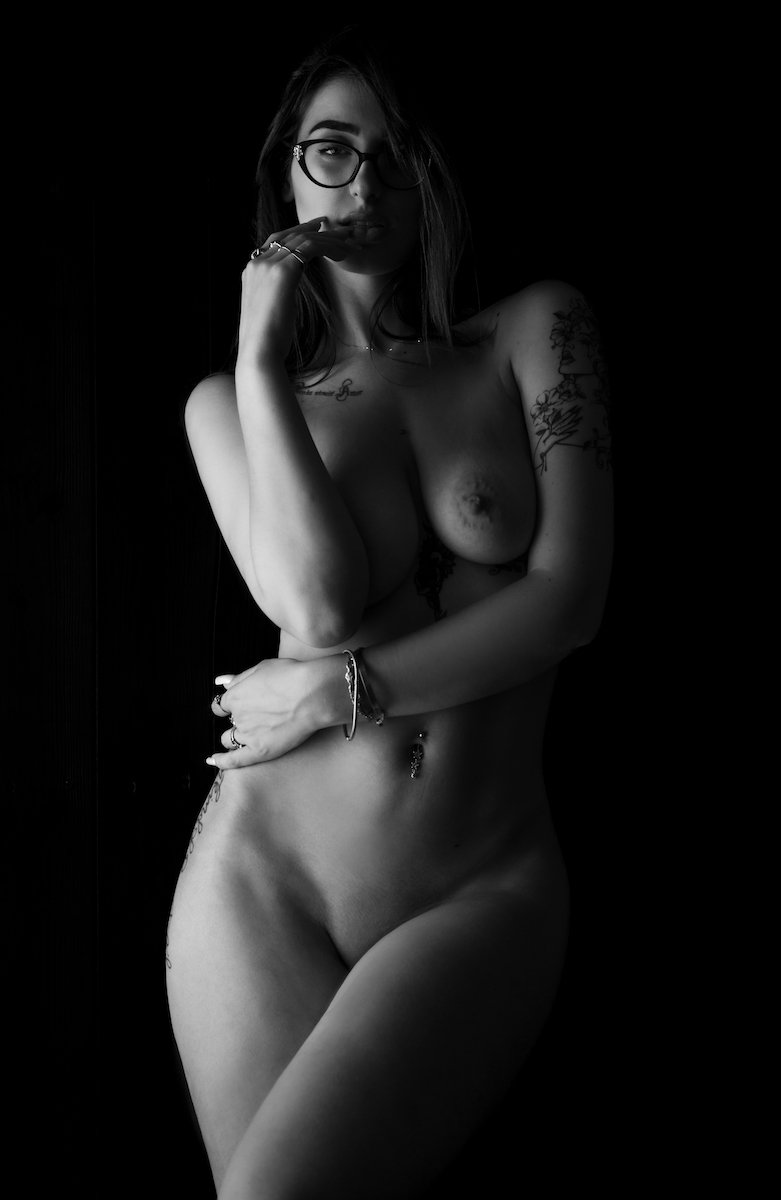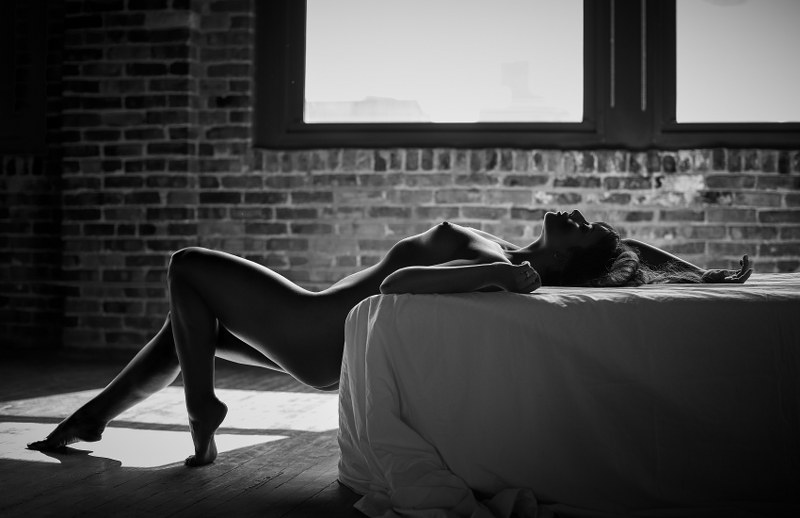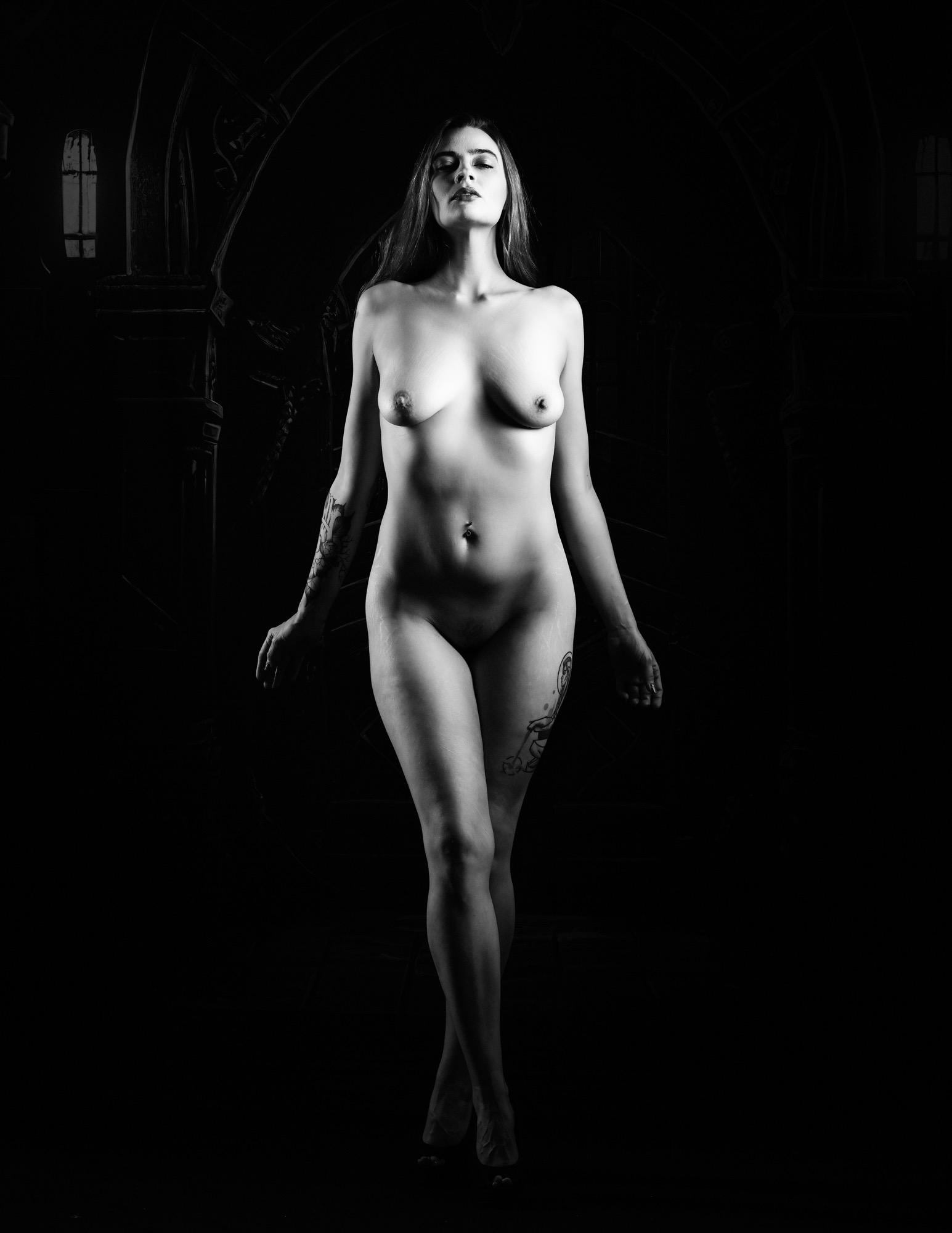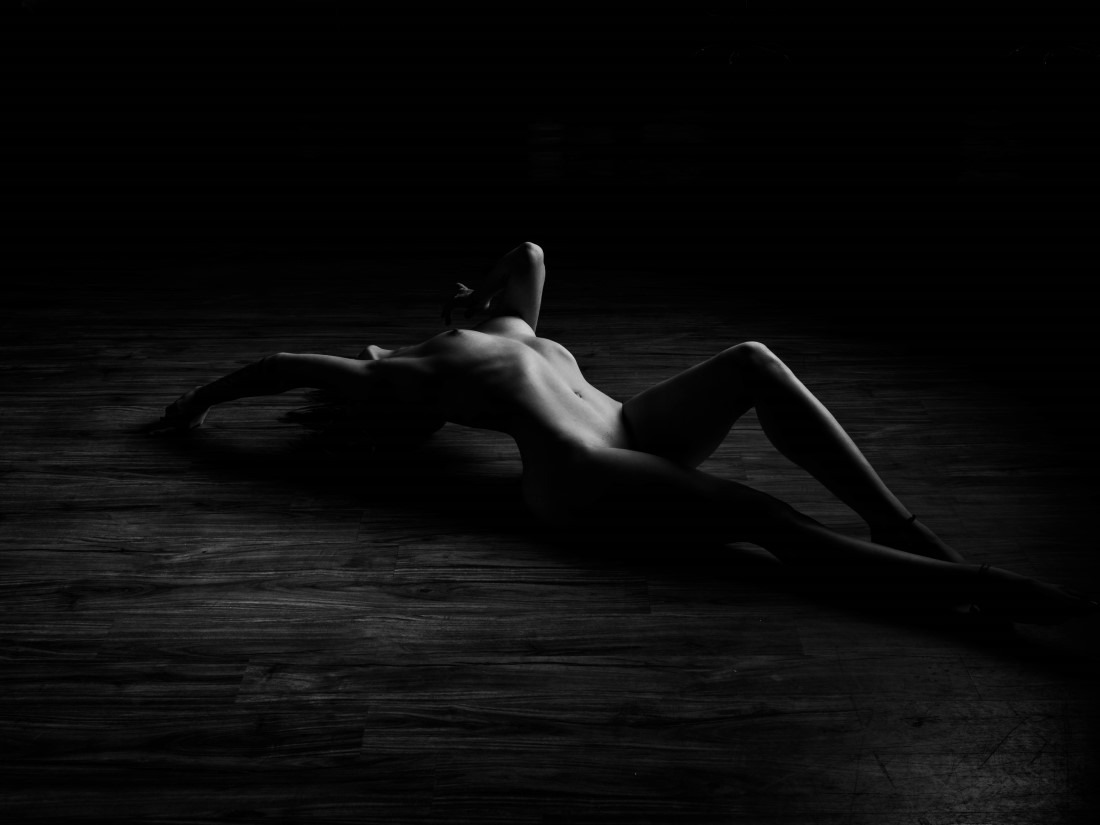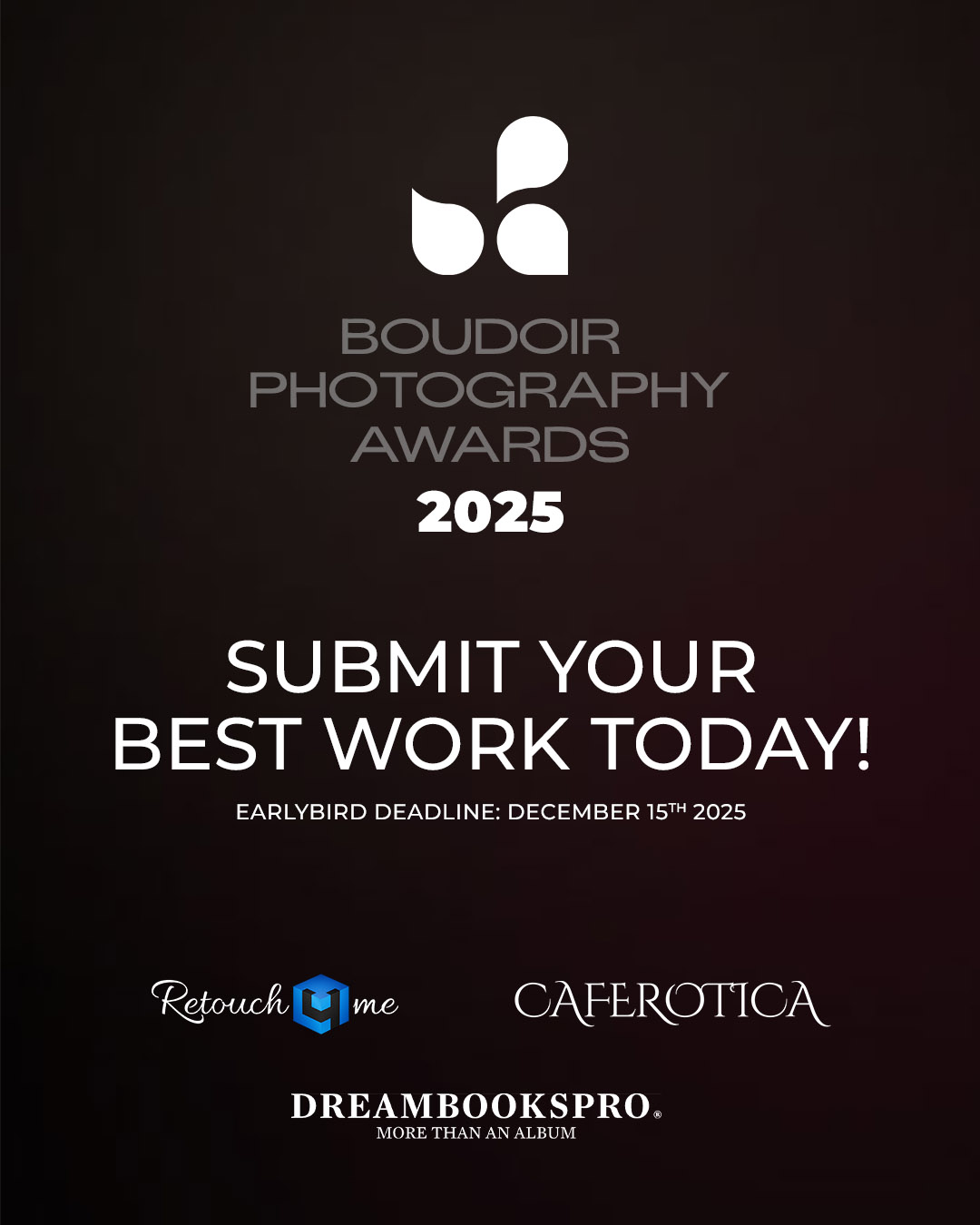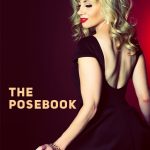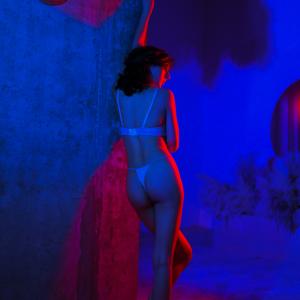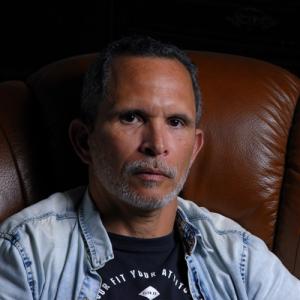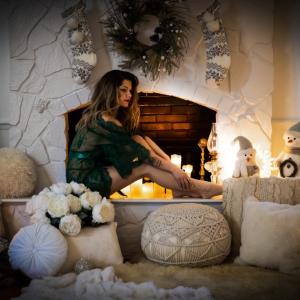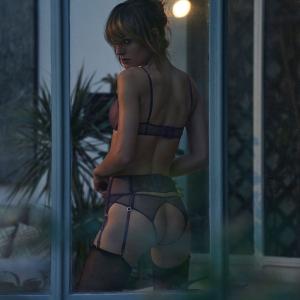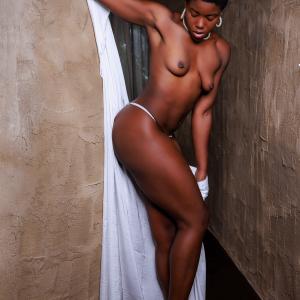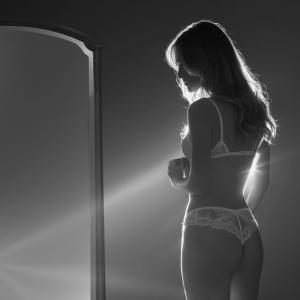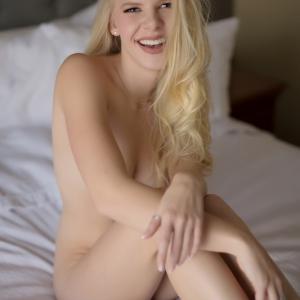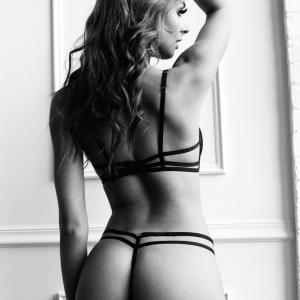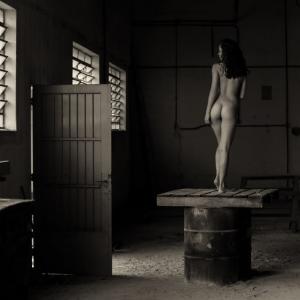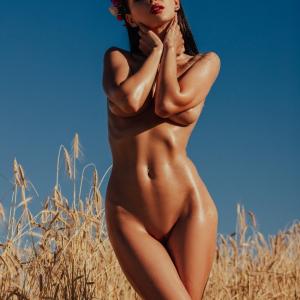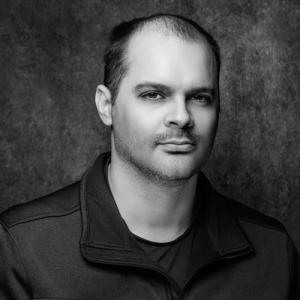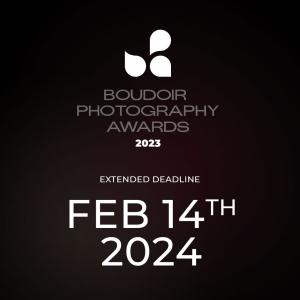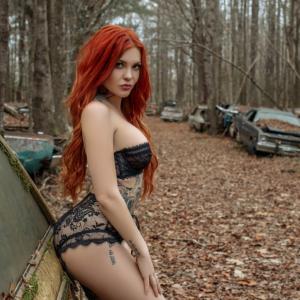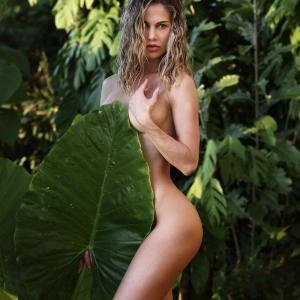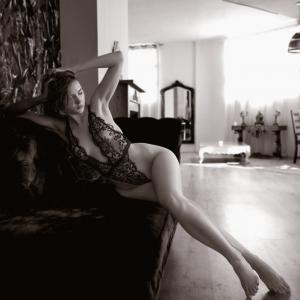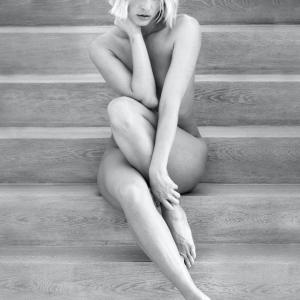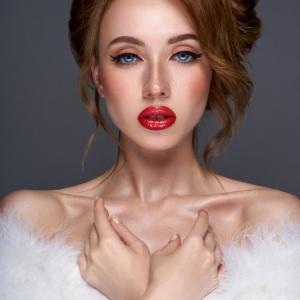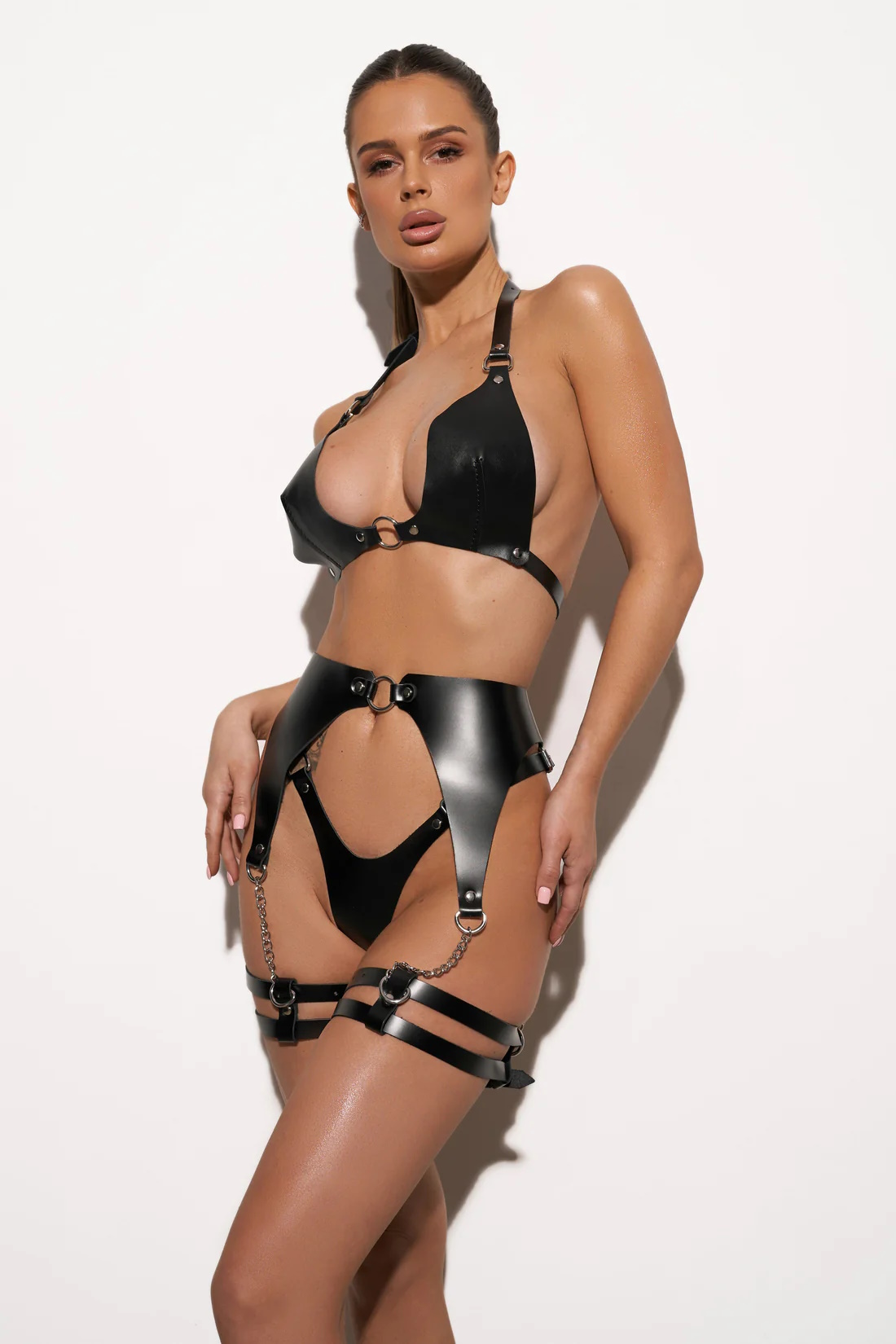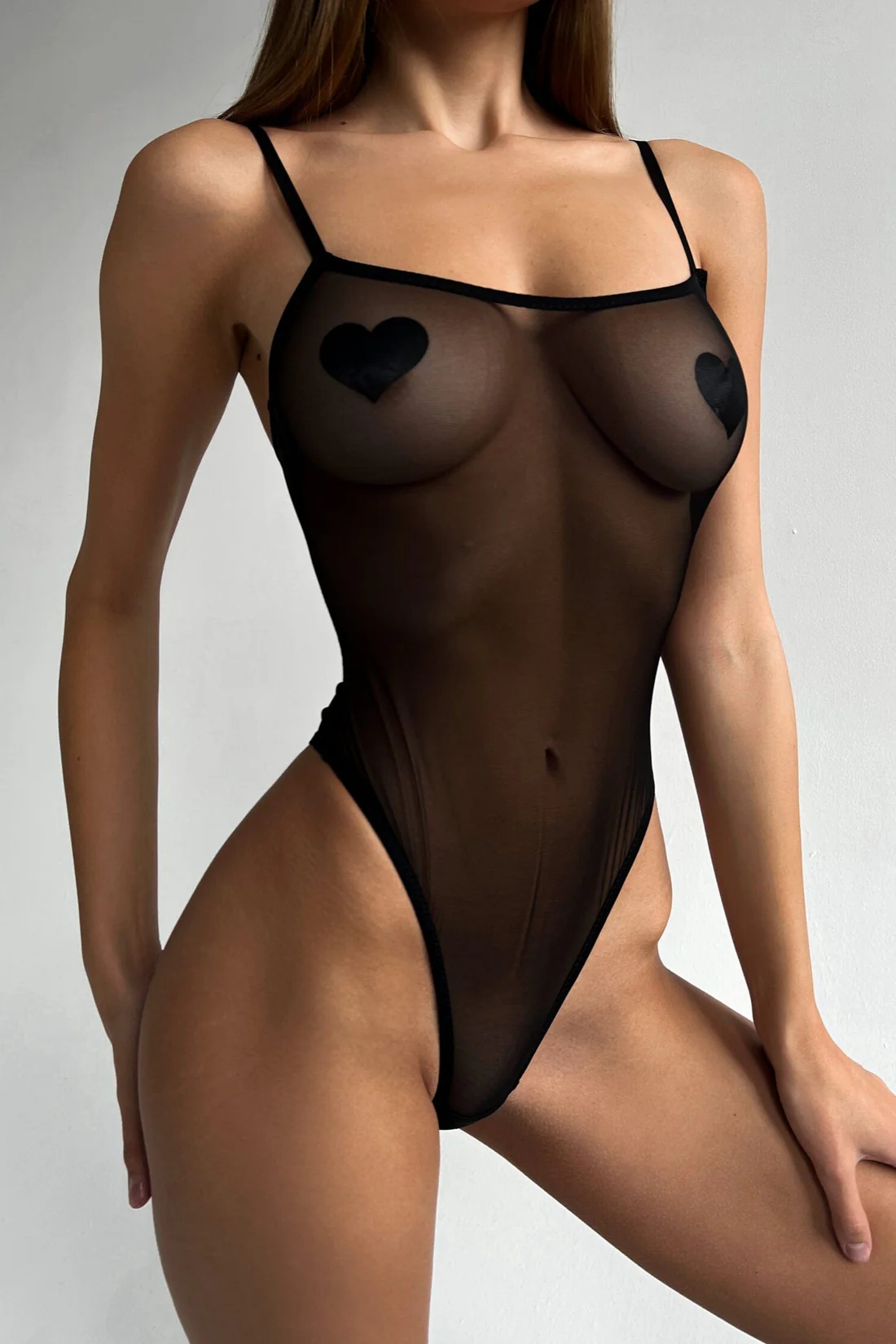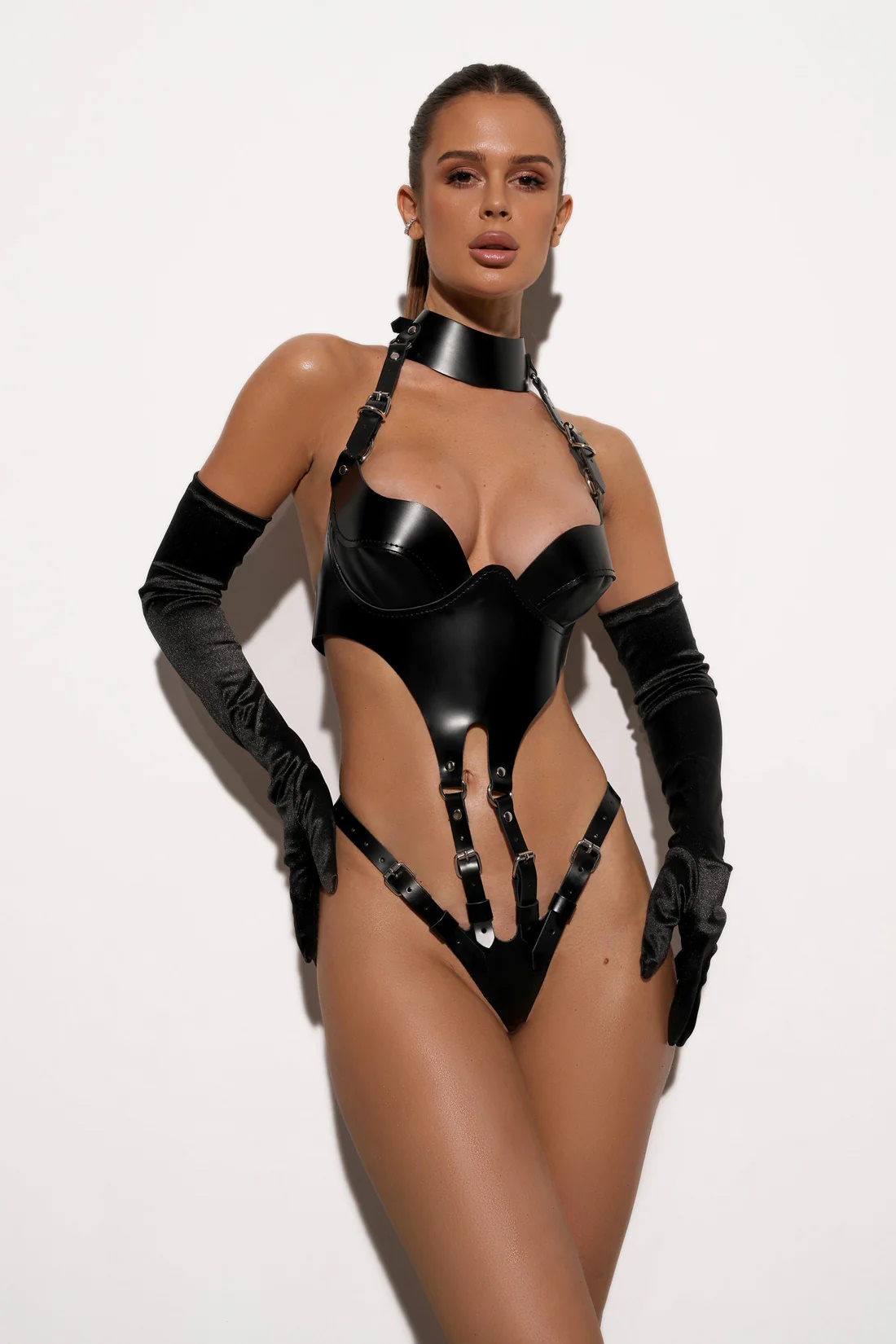The Intricacies of High Contrast Lighting in Boudoir Imagery
Boudoir photography excels in the art of intimate storytelling, wherein light plays a pivotal role in shaping the narrative. One of such lighting techniques that adds vivacity and depth to boudoir imagery is High Contrast lighting. A heavy-hitting storytelling tool, high contrast lighting manipulates the intensity difference between light and dark to add an unprecedented level of drama and allure to your images.
The Artful Impact of High Contrast Lighting
High Contrast Lighting is primarily used to emphasize form, accentuate depth, and create a sense of mystique in boudoir photography. The juxtaposition of harsh shadows and bright highlights aid in sculpting the subject's body, enhancing curves and lines, while also underscoring the interplay between light and dark. This contrast imbues the imagery with a dramatic yet enticing atmosphere, making boudoir photos more compelling and visually appealing.
If you’re interested in refining your light placement for even more dramatic effects, check out Mastering Edge Lighting: Tips for Boudoir Photography Success.
Appropriate Use of High Contrast Lighting
Understanding the ideal settings for implementing high contrast lighting is instrumental in mastering its application. It is particularly effective in low light settings, wherein the play of shadows can be creatively explored. The higher the contrast, deeper and more pronounced the shadows, making images look more vivid and engaging.
For an alternative approach to creating ethereal imagery with backlighting techniques, read Backlighting in Boudoir Photography: Mastering the Art of Ethereal Illumination.
Harnessing the Power of Chiaroscuro
Known for its powerful visual impact, Chiaroscuro is an artistic technique that utilizes strong contrasts between light and dark to enhance three-dimensional forms. Originating from the Renaissance era, this classic method has etched its footprints in the sands of contemporary boudoir photography.
Chiaroscuro in Boudoir Photography
In the realm of boudoir photography, Chiaroscuro plays a vital role in accentuating the subject's physique and creating a captivating ambiance. By employing this method, photographers can maximize drama, lend verisimilitude to their models' forms, and add depth and dimension to their shots. Chiaroscuro's unique lighting control can emphasize the model's silhouette, amplifying the sensual curves and features while the shadows sketch subtle intrigue and mystery.
Creating an Intimate Atmosphere with Chiaroscuro
Along with enhancing physical attributes, Chiaroscuro is invaluable in building an intimate atmosphere. The transition from light to dark areas unfolding across the frame can encapsulate sensuality, providing a stunning contrast that evokes an intimate, cozy feel. Mastering this illuminative technique is key to delivering high contrast lighting in boudoir imagery.
Practical Tips and Techniques for High Contrast Lighting
Boudoir imagery, an intimate form of portraiture, benefits greatly from high contrast lighting. The interplay of light and shadow reveals the subject's curves and contours, creating a lasting, dramatic effect. To achieve this, precise equipment and well-thought-out techniques are vital.
Choosing the Right Equipment
Your choice of lighting equipment plays a decisive role in creating high–contrast imagery. Speedlights or strobes offer more control over the light intensity and are typically preferred. Use of light modifiers like snoots or grid spots can direct the light and accentuate specific zones while plunging others into shadow.
For a simple and effective single-light setup, take a look at Boudoir Photography with a Single Light Setting: Unveiling the Art and Its Intricacies.
Mastering Light Manipulation and Post-Processing
Understanding how to manipulate light is key in high contrast lighting. Position your light source at different angles to create varying light patterns for diverse effects. Next, exploit post-processing software to enhance contrast, sharpen images and heighten particular details to realize high contrast outcomes in your boudoir imagery.
Analyzing High Contrast Boudoir Photos
High contrast lighting in boudoir photography creates dramatic and evocative images by emphasizing the play of light and shadow. This style brings out the textures, shapes, and contours within the photograph, setting the stage for a bold and intimate representation.
For artistic lighting that enhances emotions and texture, explore Artistry in Boudoir Photography: Creating Emotions with Interesting Light Textures.
Understanding Lighting Position
Lighting position significantly impacts how shadows fall, creating depth and dimension on the subject's body. Key lighting styles include sidelight, backlight, and top light, each generating unique shadow patterns and engaging visual narratives.
Digesting the Impact
The ultimate impact of high contrast lighting rests in its ability to stir emotions, accentuate the subject’s form, and capture the richness of the human figure. The careful balance between light and dark can evoke feelings of mystery, curiosity, and intimacy, framing the subject in a captivating visual experience.
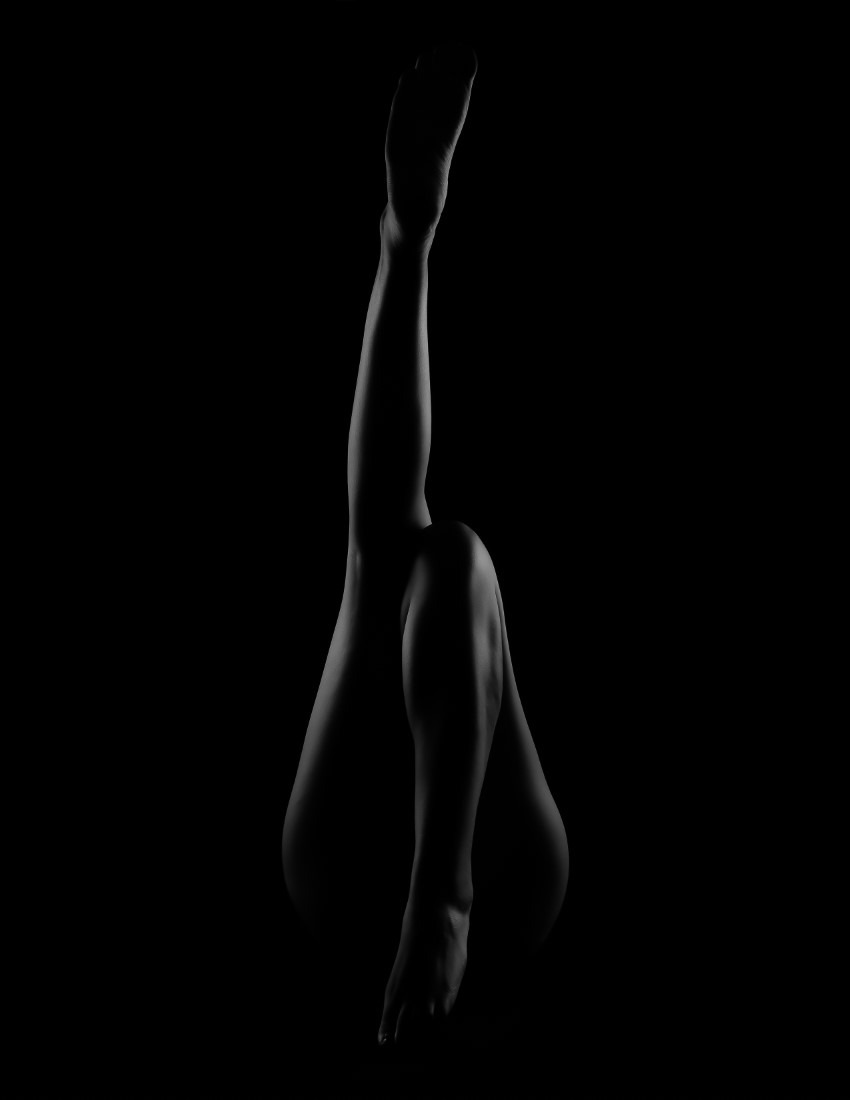
Common Pitfalls to Avoid in High Contrast Lighting
Mastering the art of high contrast lighting in boudoir imagery requires meticulous attention to detail and a keen eye for shadows. However, the path to perfection is often paved with common missteps, some of which we'll discuss here.
Incorrect Positioning of Lights
The very first pitfall is the incorrect positioning of lights. Lighting should delicately shape your subject, accentuating their features without obscuring them into gloom. An error here can transform the scene into a hard, harsh contrast that lacks the desired subtlety.
Improper Camera Settings
Another common mistake involve the camera settings. Using an inappropriate ISO, shutter speed, or aperture can result in either overexposed or underexposed images. It's vital to adjust to the scene, all while retaining the right amount of shadow to create depth.
Avoiding these pitfalls in high contrast lighting requires both experience and expertise. The journey towards mastering this intriguing aspect of boudoir photography may seem daunting, but with practice and patience, one can certainly capture the intricacies of shadow and light with finesse.
Creating Exciting Variations with High Contrast Lighting
High contrast lighting introduces a new dimension to boudoir photography, seamlessly blending drama and intimacy in each frame. Its deep shadows and stark illumination articulate an exquisite dichotomy, revealing and concealing with an adept subtlety.
Experimentation with Personal Style
Possibilities for aesthetic exploration using this lighting style are plentiful. By modulating the intensity, angle, or direction of the lighting source, photographers can devise unique contrasts that align with their personal style. This technique exhibits a striking versatility, able to produce stark minimalism or sensual shadow play as desired.
Blending Techniques
High contrast lighting can be skillfully fused with other photography techniques or styles for further enrichment. Combining this form of illumination with color grading or texture overlays can create novel layers of depth, yielding images that scintillate with understated intensity. The results are frames that resonate with distinctive narrative threads, each enticing viewing with its rich visual dialogue.
Understanding the Power of Shadows in Boudoir Photography
Mastering the art of high contrast lighting is a cornerstone of creating impactful boudoir imagery. This technique hinges upon the skilled manipulation of lights and shadows, enabling photographers to capture the depth and mystique inherent in every subject.
The Role of High Contrast Lighting in Boudoir Imagery
The use of high contrast lighting in boudoir photography transforms the ordinary into extraordinary, crafting an intriguing interplay between light and darkness. It helps in emphasizing the subject's form and features while drawing the viewer's attention to the intended focal points.
Implementing Shadows for Dramatic Effect
Implementing shadows strategically can introduce a heightened sense of drama and artistic flair to boudoir shots. Shadows offer the viewer a veil of mystery, subtly teasing their curiosity and inviting them to explore the image further. The right balance of shadows and highlights can therefore result in truly engrossing and evocative boudoir imagery.
Other Resources:
High contrast Lighting Photography - 5 tips and tricks: https://www.youtube.com/watch?v=Th6dKuLquJQ&t=15s

